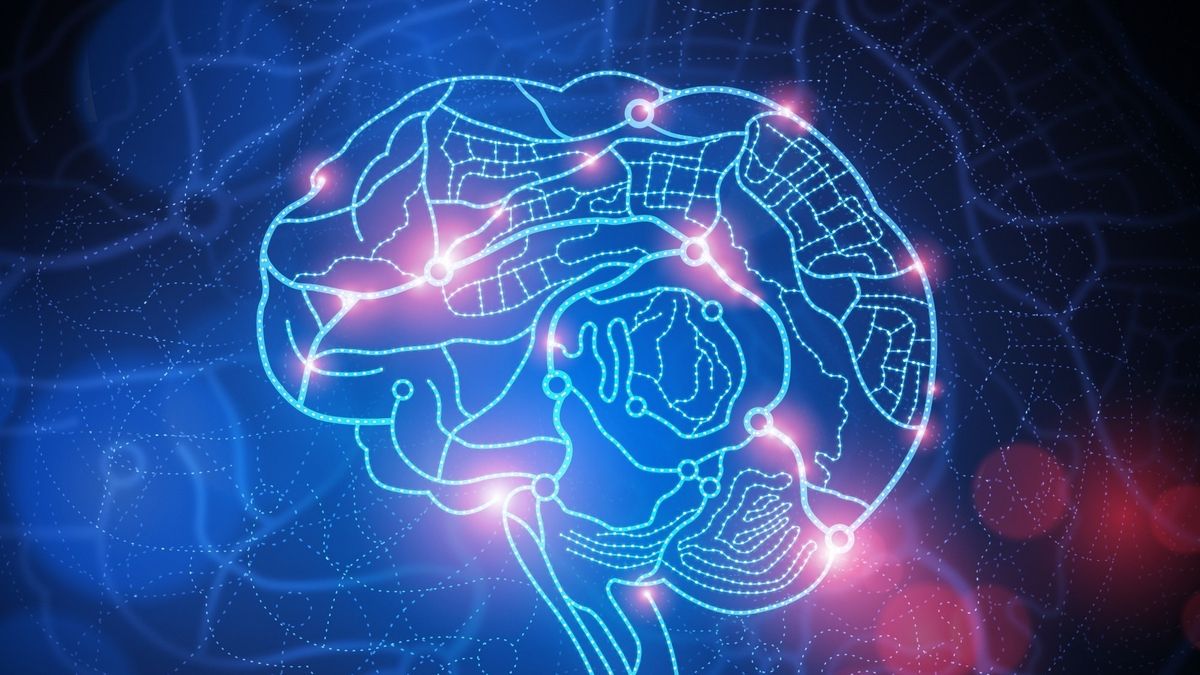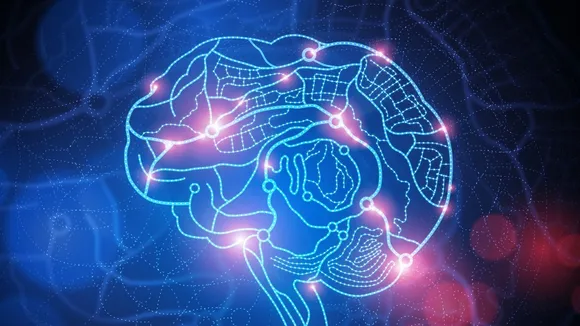
In a landscape where the mysteries of the human brain continue to perplex scientists and medical professionals alike, a groundbreaking study published in Cell Reports illuminates the intricate dance between aging, Parkinson’s disease (PD), and the cells within our brains that dictate the progression of such neurodegenerative conditions. Spearheaded by a team of researchers and meticulously reviewed by Lily Ramsey, LLM, this study employs single-cell spatial transcriptomic analysis to delve into the expression of dopaminergic neurons (DA) across 29 cell types, offering a novel perspective on how these cells influence the onset and advancement of PD.
A New Lens on Parkinson’s and Aging
The study’s innovative approach, leveraging a PD transgenic model to meticulously analyze DA neuron expression, has unearthed pivotal markers that distinguish between healthy and aged cells, alongside examining the ramifications of ⍺-synuclein overexpression. By crossing Rosa26fsTRAP::DATIREScre (DAT-TRAP) mice with SNCA-OVX mice and aging them to 18 months, researchers have crafted a spatial transcriptomic map showcasing gene expression in the adult mouse brain. This map not only identifies 29 distinct cell types but also analyzes their spatial distribution and gene expression profiles, marking a significant leap in our understanding of PD and aging at the cellular level.
Key findings from the study include the identification of genes with spatially varying expression in the ventral tegmental area (VTA) and substantia nigra (SN), pinpointing markers such as copine-7 (Cpne7) and Solute carrier family 10 member 4 (Slc10a4) genes. Furthermore, the research delves into potential disease-causing genes through gene enrichment and genome-wide association studies (GWAS), offering a fresh lens through which to view the genetic intricacies of PD.
Shedding Light on Cellular and Molecular Mechanisms
One of the study’s most striking observations is the substantia nigra-specific DA neuronal loss, coupled with increased microglial activation as the brain ages. These findings not only underscore the impact of aging on dopaminergic neurons but also highlight the genetic alterations across numerous PD-related pathways. Such insights are invaluable, as they pave the way for developing targeted therapies and preventive measures against PD and potentially other neurodegenerative diseases.
The study’s emphasis on single-cell spatial transcriptomic analysis stands as a testament to the power of this technique in identifying genes and pathways associated with PD and aging. By offering a window into the cellular and molecular mechanisms underlying these conditions, researchers are now better equipped to unravel the complexities of neurodegeneration, marking a significant stride toward demystifying the human brain.
Looking Ahead: Implications and Future Directions
While the study’s findings are indeed promising, they also beckon further research to translate these insights into tangible benefits for those living with PD. The potential for developing precision medicine approaches that target specific cell types and pathways implicated in PD offers hope but also underscores the need for continued exploration and validation of these findings in human subjects.
In light of these discoveries, the overlap in risks between Parkinson’s disease and schizophrenia, as explored through spatial transcriptomic analysis, further compounds the importance of understanding the genetic and molecular underpinnings of neurodegenerative and psychiatric disorders. This holistic view of neurodegeneration and mental health disorders highlights the interconnectedness of the human brain’s cellular landscape, urging a multidisciplinary approach to unraveling its mysteries.
As we stand on the cusp of potentially groundbreaking therapeutic developments, this study not only enriches our understanding of PD and aging but also ignites a beacon of hope for millions worldwide. The journey to fully understand the human brain is long and fraught with challenges, yet with each scientific advance, we inch closer to unlocking the secrets of our most enigmatic organ.
This news item came from: https://bnnbreaking.com/world/us/deciphering-the-mysteries-of-aging-and-parkinsons-a-new-study-unveils-how-brain-cells-dictate-disease-progression



